August 2021 | Part II: Leslie Adkins on Eco-grazing, the Fibershed, and Making Yarn.
Their (the sheep’s) emotions and relationships are deep psychic ones. Most of us choose to ignore that because it’s an uncomfortable truth.
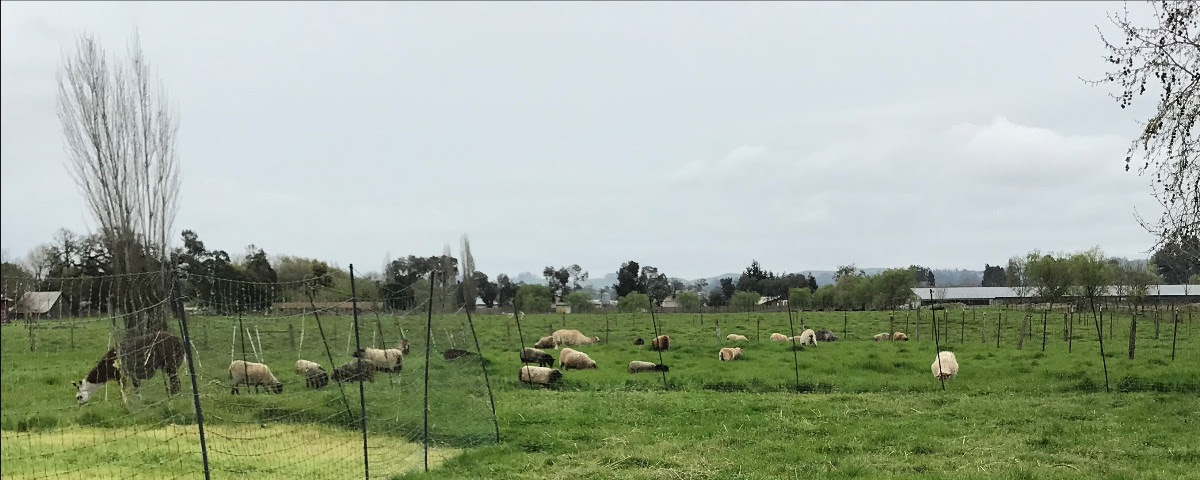
Wool has not been valued to the extent it should be in my ideal world. It’s a powerful, magical, natural fiber creation with qualities that synthetics don’t possess. It’s waterproof, doesn’t burn easily, anti-microbial, anti-fungal, and compostable. If our culture and economy were to evolve to give wool its proper value, people who raise sheep just for wool and eco-grazing could make a living. In the current economy, wool has very little monetary value and shepherds make a living by sacrificing lambs for their meat.
In California, there’s a huge emphasis on managed eco-grazing and building carbon in the soil by naturally fertilizing it, allowing rest periods between grazings and one-time compost application, and addition of trees (silvopasture), and hedgerows. Sheep and goat manure, unlike horses’, for instance, is directly useable and so is especially beneficial. Grazing animals enhance the environment by taking out weeds, which allows native vegetation to thrive. They can be used for mowing instead of gas mowing or tractors. They are used to reduce fire hazards. They are also used in vineyards to take out weeds and fertilize the earth.
Research is ongoing on the benefits of using managed grazing to reduce fire hazards, sequester carbon in the soil, manage invasive vegetation, and enhance native vegetation. The USDA and the California Department of Food and Agriculture now have funding that supports farmers who implement these methods of carbon farming.
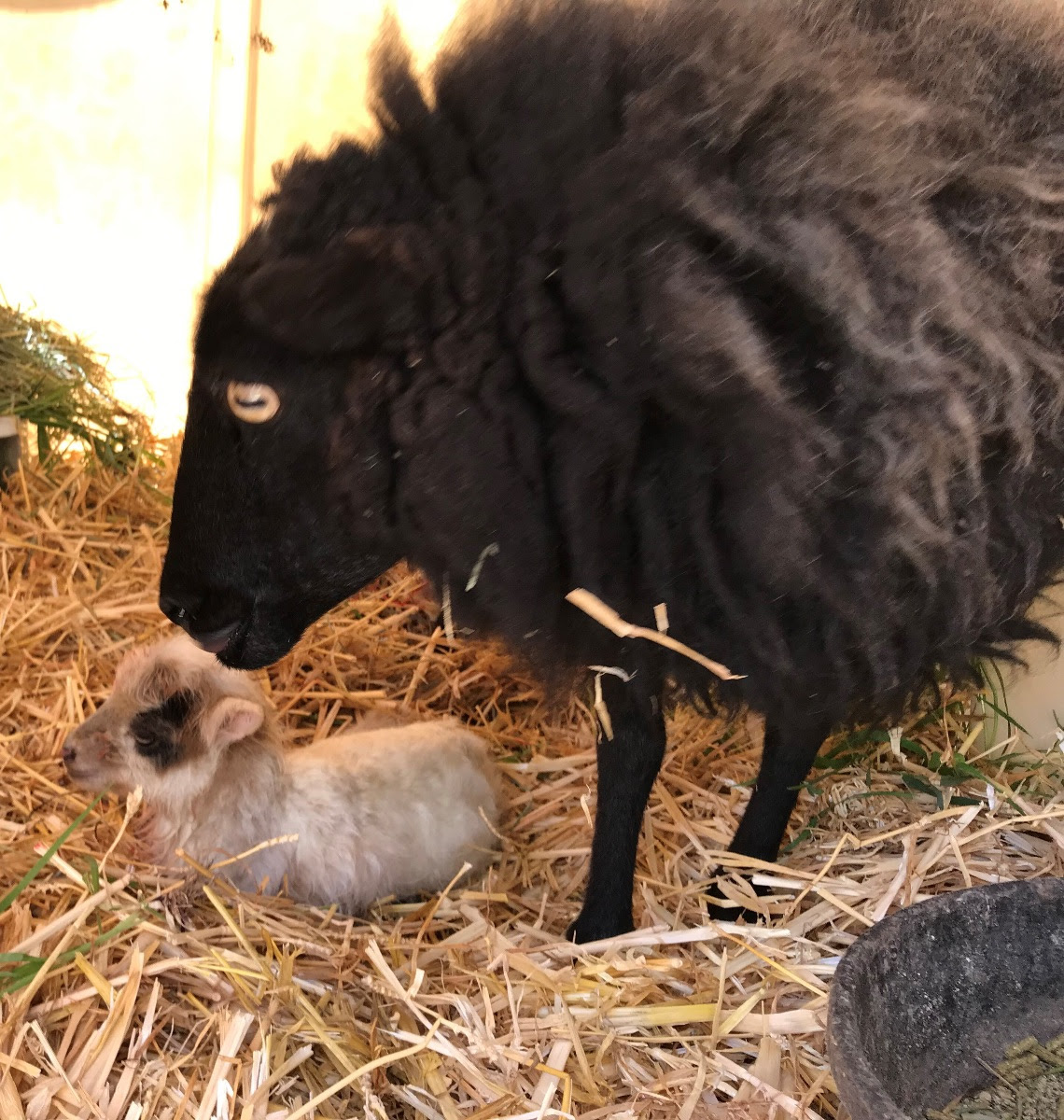
But in my opinion, this is usually done at the expense of the sheep or goats, as their lambs and kids are sacrificed for meat. In my ideal world sheep and goats would be raised just for their eco-grazing services and their useful fiber, not for meat.
I encourage eco-grazing with mature animals that live out their lives while providing these important ecological services, and not to be “making” excess new goats and sheep each year as well. There’s a whole carbon and water footprint created by feeding ewes extra to raise lambs, feed them, turn them into meat, refrigerate the meat, and ship it out, etc. And ruminants produce methane, a greenhouse gas, so producing large numbers of sheep to be harvested for meat increases the carbon footprint. Looking at the broader picture, sheep can provide important ecological services (and wool) without all this unnecessary animal suffering by applying “family planning” principles, limiting annual lamb production to maintain the population needed for wool and eco grazing. Ewes aren’t stressed when their babies are not taken away, and lambs don’t suffer the stress of being removed from their flock and taken to the butcher!
I’d like to share some examples of what I see in the animals that made me go to the trouble and expense of arranging for my flock to move to Illinois with us.
Most flocks are ewes with a ram who visits once a year. When you don’t take away the baby sheep then half the flock are boys. A flock like ours with retained castrated males is not the norm. In our flock, the long-term bonds are evident: you see ewes and their progeny hanging out and cuddling together even years later. Lambs raised together remain best friends. If separated they get very distressed, cry for each other, and often become ill. Normally, in my flock, the sheep are silent or just nicker.
When I sent a sheep to a friend for two weeks, I found it got sick and only recovered when he got back home. The one who’s left behind also pines away in distress and calls out for departed companions. Their relationships are deep psychic ones. Most of us choose to ignore that because it’s an uncomfortable truth. We have no idea that there are all these feelings and sentiments! It’s easier to think of them as being stupid and not having fear or anxiety. In my life, I can’t imagine causing that and would much rather eat plants, which keep me very healthy.
There is a small but growing demand all over the world for no-kill wool. I’m very happy that this choice has recently been added as an option for people looking to source wool from Fibershed producers on the Fibershed site.
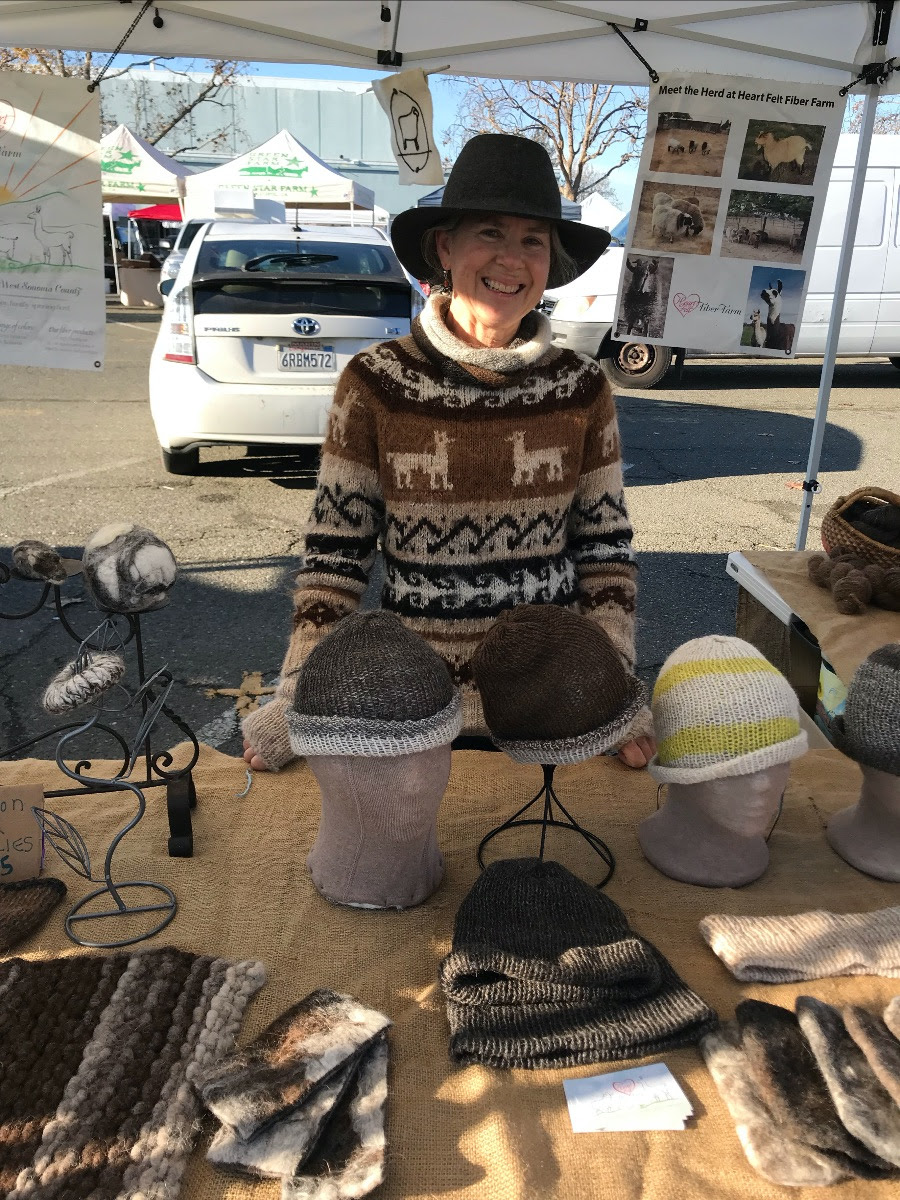
Rebecca Burgess single-handedly started the Fibershed about twelve years ago with “soil to soil” eco-friendly fibers. It’s an amazing organization and has grown so much! Rebecca started in Marin and now there are chapters all over the country and all over the world. It’s a continually growing and evolving movement. Current priorities are teaching people ways to severely reduce the carbon footprint of what we wear and helping to support growers of “climate beneficial” wool, hemp, flax, and cotton. There are plans to build local mills with a zero-carbon footprint using renewable energy and reducing the footprint of shipping. There are programs to bring in communities of color, funding for carbon farming, and education programs to implement carbon farming.
The overall emphasis is reusing and recycling clothes and purchasing clothes that are locally produced from compostable materials locally grown on farms that implement carbon sequestration practices. The Fibershed ethic is beginning to influence the clothing and fashion industries and some consumers in a positive way. Some are beginning to use only fibers that fit all the criteria.
Fibershed is very supportive of local farmers in terms of education. It’s free when you’re a member. They hold an annual symposium to talk about developments in the area. They support local producers in finding markets for their Fibershed Certified Climate Beneficial goods through social media, pricing, managing inventory, and making more attractive sales displays among other things.
Real communities and strong bonding occur among the Fibershed producers. For example, during the last few fire seasons producers helped each other out with evacuating and housing evacuated flocks. There is a pilot project, The Carbon Farming Cohort, in which six small farmers, nearby to each other, get together once a month to help each other with carbon farming. We walk each other’s properties, share tips to enhance farmlands, share cuttings of bushes for hedgerows, and discuss the problems of foxtails, predators, and more. I can stay in touch remotely from Illinois and share what I’ve been learning here with the cohort in Sonoma County.
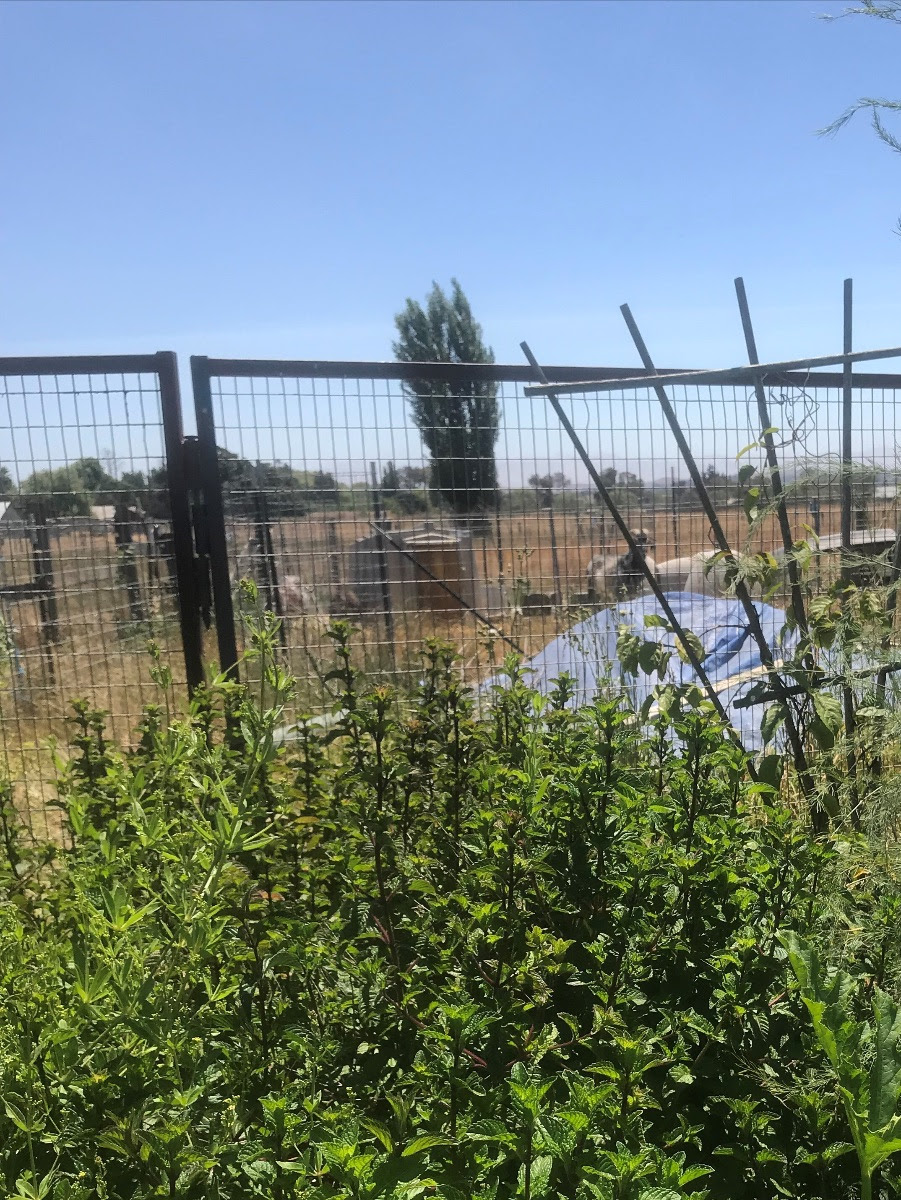
Partly inspired by Fibershed, I’ve found it interesting and fun to learn and grow plants for natural dyes, which do not carry the environmental footprint of synthetic dyes. Japanese indigo grass does very well in Northern California. Madder produces a natural red dye from its roots. Many flowers, both native and cultivated, are used for yellow and orange, as are onion skins for yellow dyes. The gall from oaks and walnuts will produce a range of browns and tans. Rhubarb can be used as a mordant or fixative for the dyes. There’s an almost endless list of plants that make a whole rainbow of colors. There is a large contingent of people in Fibershed who grow dye plants that they use to color their natural fibers.
Making Yarn
Having cleaned the fleece (see Part I), we move to carding. Using my drum carder, it’s a good time to mix different wool colors. With two hand cards, you end up with a small rectangle of wool that you roll into a tube, a rolag, to feed into the spinning wheel. You hand-spin the rolag into a single twisted piece of yarn. To create knitting yarn you want to combine two or more strands into stronger yarn, by plying. You feed two separate singles or spindles into the spinning wheel, twisting in the opposite direction so they lock together. When you’re skirting, separating the high-quality parts of the fleece, you can send them to the mill to be processed into yarn or felt.
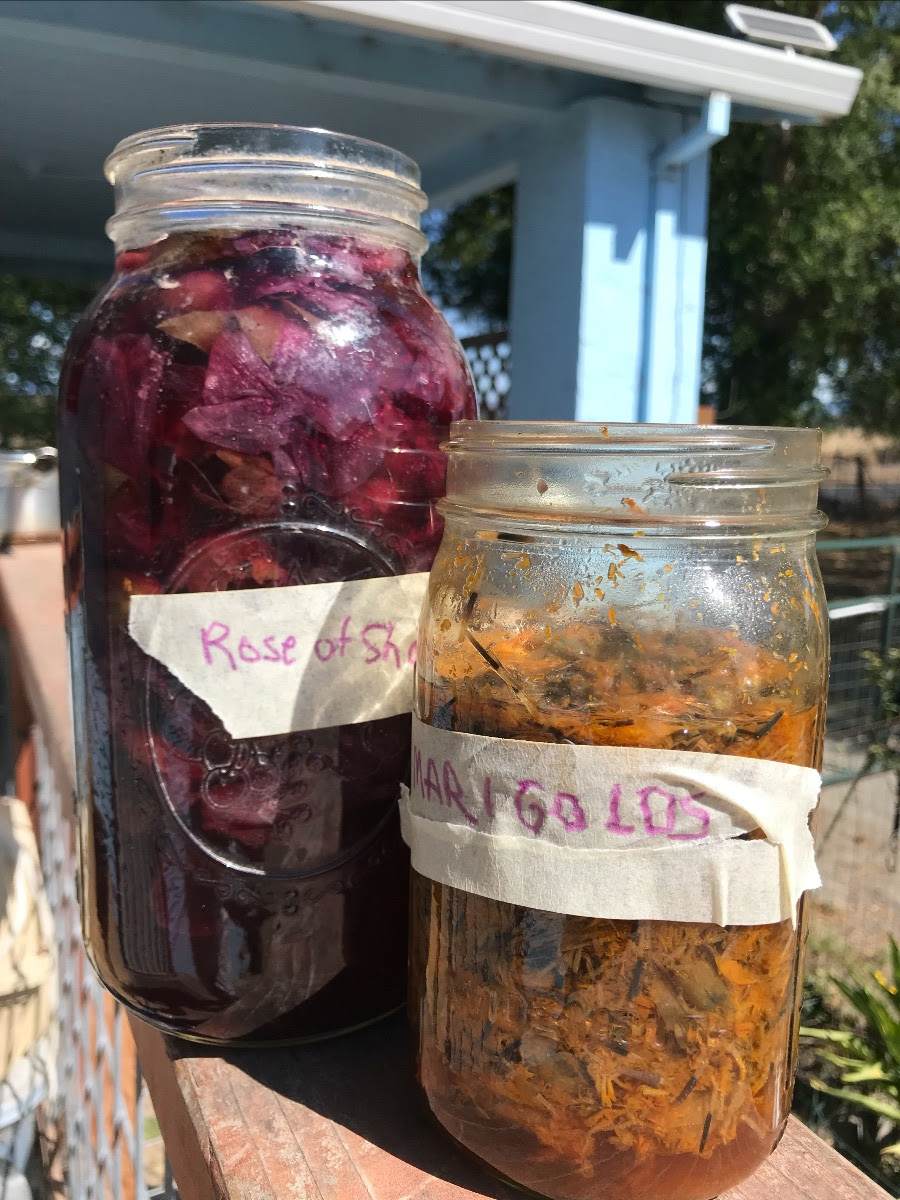
There’s a renaissance in hand-knitting, and many covet handmade yarns especially from local flocks of rare sheep. Knitting machines can do basic knitting much faster than hands. In order to sell and make the best use of my time, I have learned how to use basic knitting machines. The circular ones, for instance, can make a lot of hats which I finish with crochet or knit edges. For a sweater, one can make the separate pieces on the knitting machine and then join by hand.
The whole weaving community has had a big comeback. Members of local weaving guilds create amazing things. While most use store-bought commercial yarn, others value local handspun yarns, supporting the local wool producers. There are many different kinds of weaving looms. I have a hundred-year-old American ‘Union’ loom. Every time you weave across the warp, there needs to be a mechanism to push the weft as you change direction. They invented a new mechanism for doing that, so it makes a tight rug. I make simple but beautiful rugs with a plain weave using my palette of natural wool colors.
Felting
The Ouessant sheep wool felts really easily and well. I start with the wool that I took out during the skirting that wasn’t suitable for turning into yarn. Their fine wool will bind everything together. The coarser has different colors and more gloss, so it adds variegation.
I’m always inventing new felted things. It’s like sculpting, you can create anything. I can make very thin sheets like table runners or super thin so that light shows through like a gossamer shell. You can create sturdy hats or Mukluk boots, beautiful slippers, moccasins, solid felted animals, fingerless gloves, vests, jackets. People make yurts and saddle packs.
My flock has a rainbow of natural colors, eleven or twelve, even before I get to hand-dyed wools.
In this Youtube presentation ‘From Wool to Wearer,’ you’ll see Leslie’s sheep farm and how she makes woolen clothes, and meet Fibershed’s Rebecca Burgess, founder and CEO, with Jess Daniels, and a clothing designer.
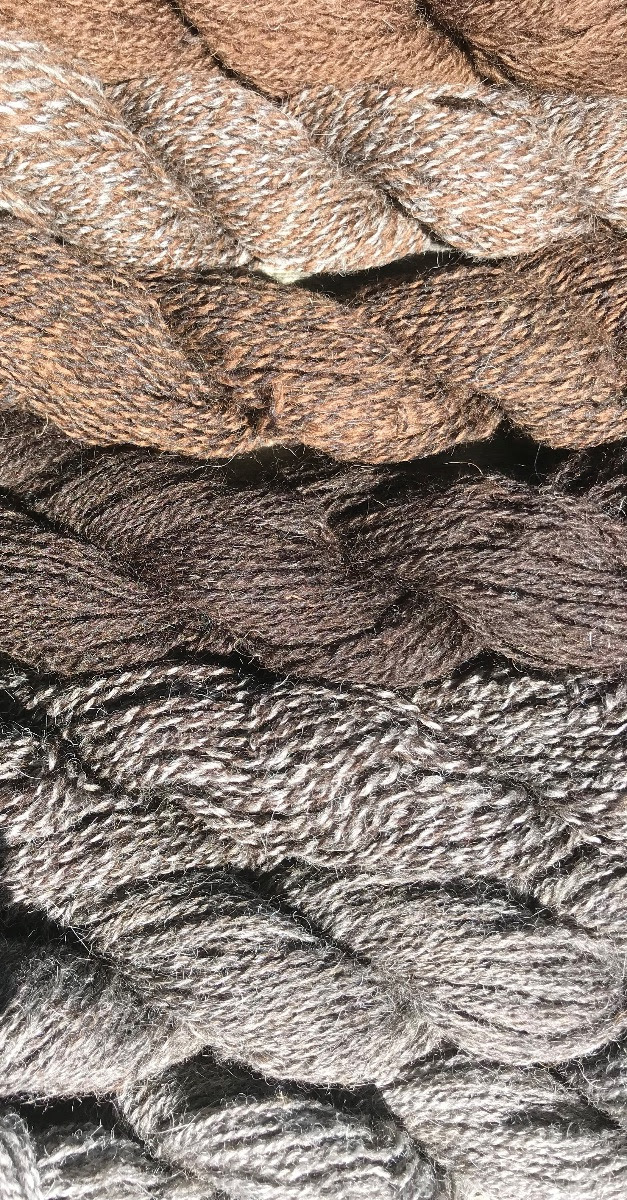
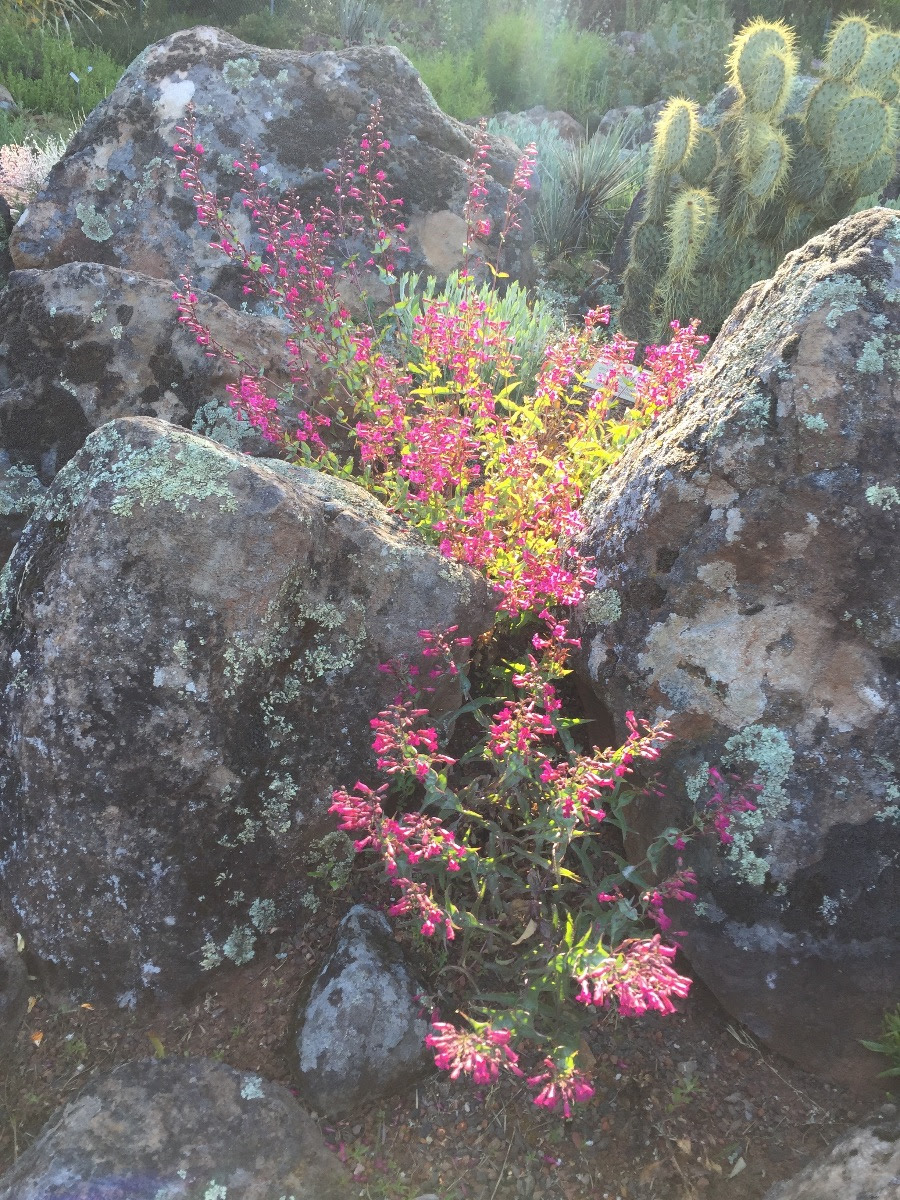
Doesn’t Everything Sing When We Have Ears?
If you seek subtlety,
watch the seahorse-tips
of a fern uncurl.
If you want magic,
gaze at a full-blown
dandelion head and
puff! like the child
you are and were.
If you need complexity,
find hazel leaves
and contrast and compare.
If you treasure praise,
why, there are the coral
bells a-pealing by
the road’s edge.
If majesty is your heart’s
desire, look up
the jeweled bark
of a Douglas fir.
If you seek humility,
the large-leafed dock
rescuer for stings and wounds
sits quietly there.
If you need adventure,
venture into poison oak
trails and mark
your way without fear.
If you crave ecstasy,
let full-throated warblers
ring throughout
your orchard.
Wild white stars
of cucumber vines
are waving to enter
your open-gated garden.
Receive the Earth-Love Newsletter, event invitations, and always a poem.
